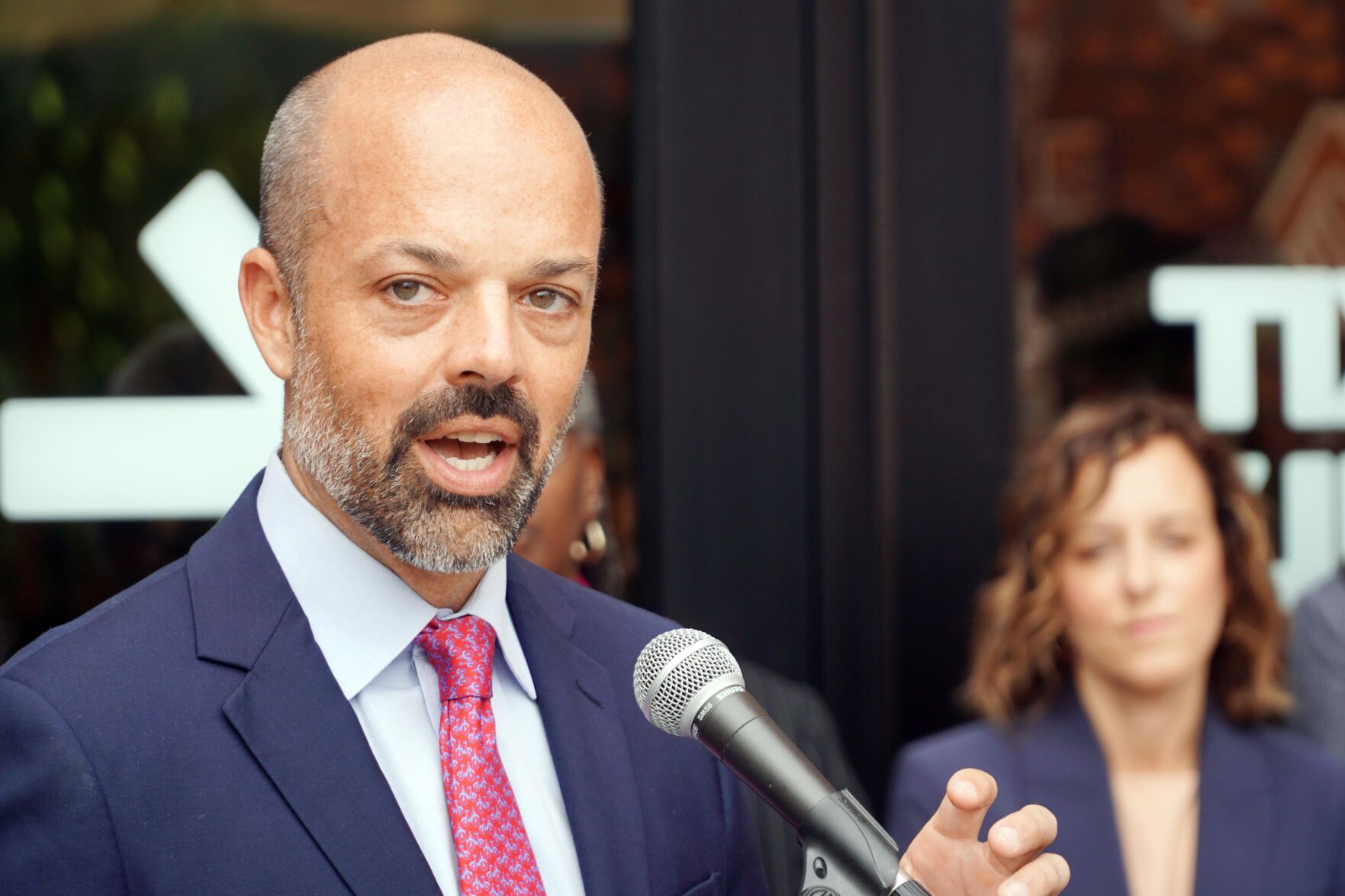



The public around the world need to see her doing what she does best out on the water. “To take this living, breathing, working machine and lock it away in a static state for the rest of time would be criminal in my opinion. What Bill and his volunteers and contributors have achieved is totally mind blowing. Ms Campbell said: “What Bluebird is now is so very different and more beautiful than could have been envisaged some 17 or 18 years ago. The rebuilt vessel, whose K7 designation relates to the special “unlimited rating” insurance category applied by Lloyd’s for world speed record hydroplanes, has already reached 150mph and there are proposals to take it on tour to the corners of Australia and Florida where Donald Campbell set previous records prior to the 1967 disaster.

(Photo by Christopher Furlong/Getty Images) Gina Campbell, the daughter of the late Donald Campbell CBE, poses with Whoppit, the teddy bear mascot belonging to her father with pilot and restoration engineer Bill Smith. Others have also pointed to a widely-repeated comment from Donald Campbell, whose body was also recovered in 2001 and buried in Coniston, that “skipper and boat stay together”.īut Gina Campbell, who was just 17 when news reached her of her father’s death while working at a Swiss ski resort, told iweekend it would be “criminal” to maintain Bluebird as a static exhibit after the work carried out by Mr Smith and his team exceeded expectations in restoring the jet boat to a “living, breathing” machine. ‘Skipper and boat stay together’įor its part, the museum says it is the custodian of a piece of maritime history of similar significance to the Mary Rose, Nelson’s HMS Victory and Brunel’s SS Great Britain. Mr Smith, who has managed to use 90 per cent of the recovered Bluebird wreckage in the restored boat, has said he is happy for his pride and joy to be returned to the museum but with the proviso that it is periodically put into action and made available to his team for up to three months a year. Some 52 years after crowds on Coniston Water gasped in open-mouthed horror as Donald Campbell lost control of Bluebird and she flipped over – instantly killing its garlanded pilot moments after he had reached his cherished goal of exceeding 300mph – the ability of the vessel to arouse passions and inspire ambition has not diminished. The 2006 agreement states that the museum, which has been waiting since 2010 for its star exhibit to occupy a purpose-built £800,000 extension, will place the hydroplane on “permanent display… for public benefit”.
SHOWER POWER BLUEBIRD FILMS SERIES
Decade-long restorationīut a series of differences, in particular over the future of the Bluebird once the decade-long restoration is complete, resulted in the museum sending Mr Smith’s Bluebird Project a letter from lawyers in April threatening legal action unless the boat was returned to Cumbria. Last year, the fruits of more than a decade of painstaking labour were unveiled when Bluebird, which had emerged from Coniston Water as a mangled vestige of the cerulean craft that once awed onlookers in perhaps the last great era of speed records, was put through trials on a Scottish loch with the haunting howl of its Bristol Siddeley Orpheus engine echoing around the Isle of Bute. Campbell, who was killed in the accident, had been making the return run of his world record attempt at more than 300mph. 4th January 1967: Donald Campbell’s speed boat Bluebird crashing at Coniston Water in the Lake District. The tussle is between Coniston’s Ruskin Museum, which was gifted ownership of Bluebird K7 in 2006, and Bill Smith, the enterprising diver and engineer who located and salvaged the jet boat before being placed in charge of its complete restoration at the head of a team of volunteers based on a Tyneside industrial estate.


 0 kommentar(er)
0 kommentar(er)
